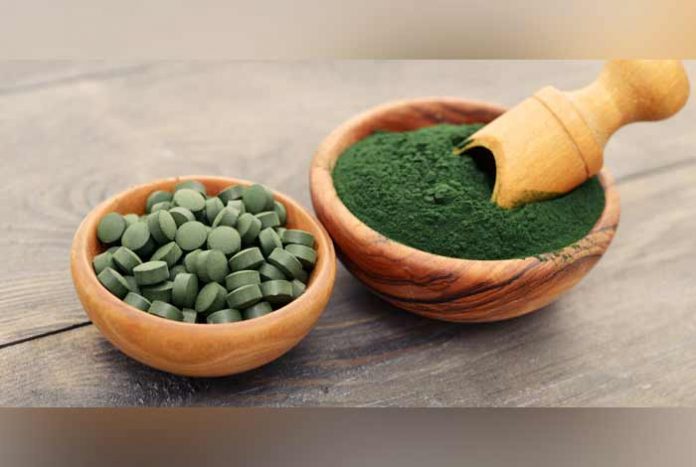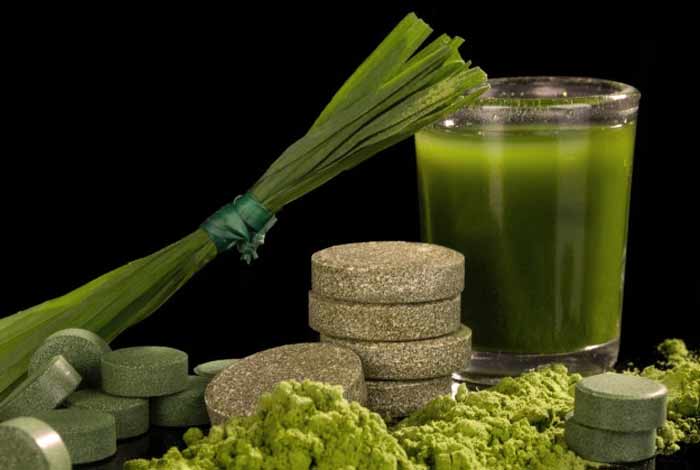
Of late spirulina has been gaining popularity as a staple food for people who are health conscious. It may be weird looking but it has a host of health benefits. Carolyn Brown, a nutritionist says that it is an odious little piece of pond scum but it is certainly good for you. No, you won’t have to eat anything mucky to get the health benefits. Experts explain why this bright blue ingredient is good for you and how you can add it to the foods you cook
What is Spirulina?
It is a blue green colored microalgae which grows in natural springs, freshwater lakes and saltwater in tropical and sub tropical climates. It makes a great superfood which has been used for centuries in areas like Central Africa.
Brown says that this ingredient is dried and then reduced to fine particles. It can then be combined with other ingredients like wheatgrass or can be used as a stand alone ingredient after reducing it to powder form which can be added to beverages. It can also be consumed as a supplement in capsule form[1].
Health Benefits of Spirulina
Spirulina is really healthy. It has beneficial fatty acids like GLA and DHA and it is also laden with antioxidants which protect the body from oxidative damage. It is loaded with nutrients like niacin, calcium, potassium, iron, B vitamins and magnesium. These nutrients are beneficial for the bone, muscle and heart [2] and B vitamins exclusively help keep you energetic. Magnesium reduces the levels of stress. In higher quantities, magnesium is also called as the chill out mineral.
Brown adds that it has 70% protein, so it makes a great food choice for vegans and vegetarians. A table spoon of spirulina gives six grams of protein which is equivalent to that provided by an egg.
Clinical trials are still trying to understand the health benefits of spirulina, but animal studies suggest that it is not wrong to give it the superfood status as it has hypolipidemic properties. This means that it helps in lowering cholesterol. It helps in lowering LDL and raising HDL. This helps reduce the risk of heart disease.
Difference Between Spirulina and Chlorella
Chlorella is also an algae derived product and just like spirulina it is also nutrient dense. But there are some differences. Spirulina is a blue green algae (cyanobacteria) but chlorella is a solid green alga which has almost two times the chlorophyll. Also, chlorella is difficult to ingest and digest as its cell wall is hard and indigestible.
Although they are similar, but they boast of different health benefits. Spirulina is high in protein and so is used for boosting performance and giving energy. This is exactly the reason why it is beneficial for athletes. Chlorella is useful in cleansing and detoxifying. It is high in chlorophyll, so it helps in removing metals from the body whatever be the source. It is also rich in B12 which helps in boosting the immune system.

How to Use Spirulina
When it comes to eating spirulina, it will take some time to develop the taste as it is earthy and savory. Once you get used to the taste, you can add it to your beverages. You can mix it in juices and smoothies. When you mix it with smoothie add lot of fruits and herbs like mint so that you can counterbalance the strong taste of spirulina.
It can be had as a supplement. You could even tap a plant-based powder that uses spirulina in combination with other ingredients that are great for you. Also, you only need to add little of this potent ingredient to your food or beverages as ‘less is more.








